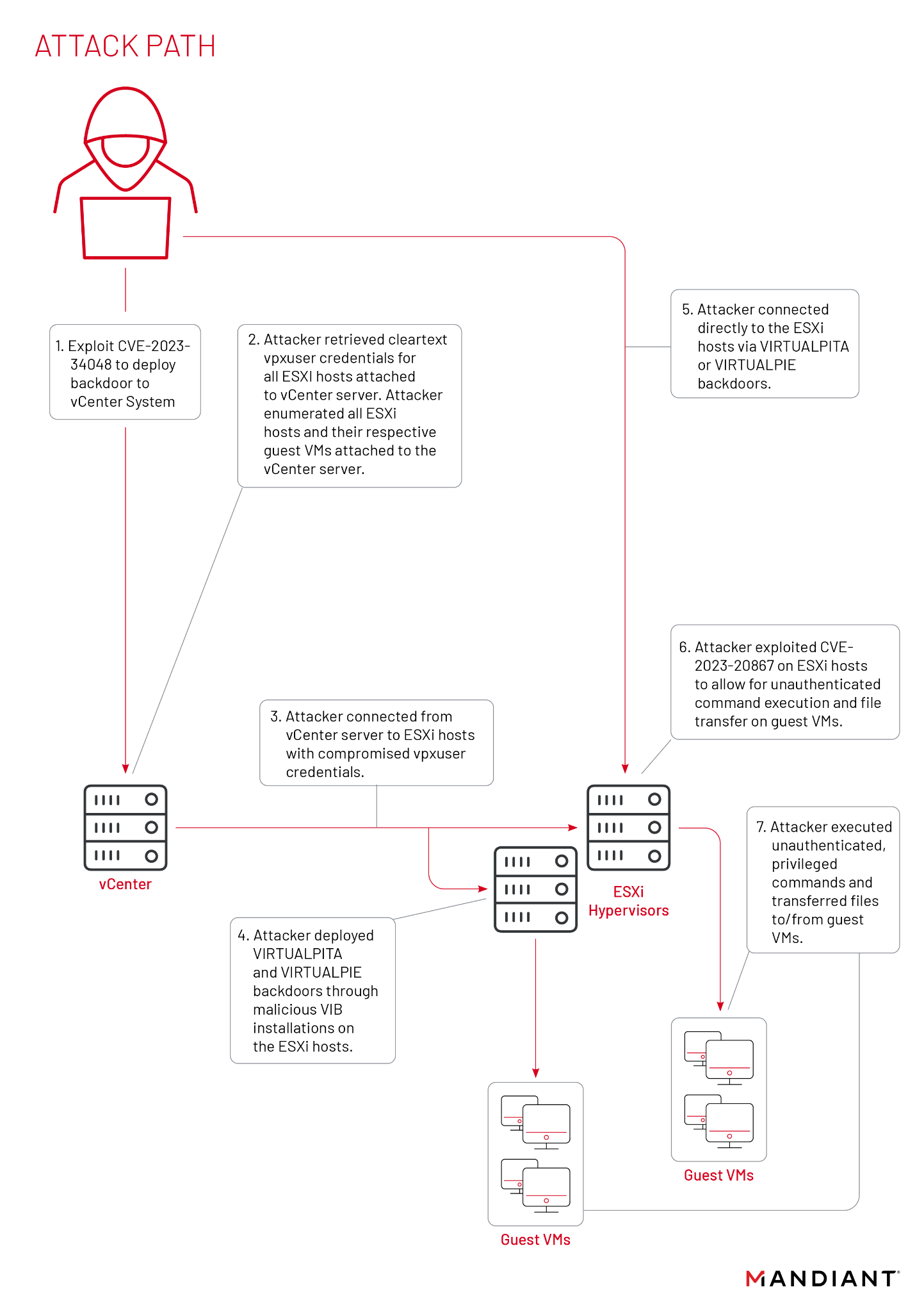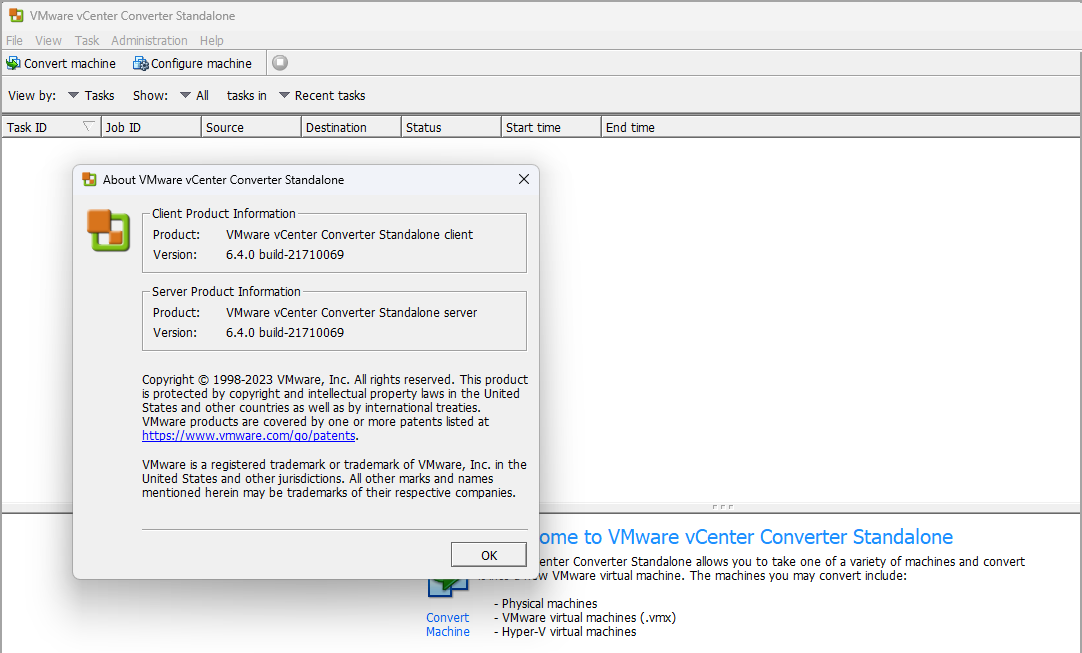VMware: SATA Controller Support in ESX 3.5 (1008673)
ESX 3.5 supports multiple SATA controllers. Some of these controllers are supported only in the native Advanced Host Controller Interface (AHCI)/SATA mode with SATA hard-drive, and some are only supported in IDE/ATA mode with SATA Optical Drive. For other controllers, VMware provides support in AHCI/SATA or IDE/ATA mode on both types of drives, but you need to be aware of certain feature limitations and trade-offs associated with each mode. ![]()
ESX 3.5 Update 3 introduced support for two new SATA Controllers:
- Broadcom HT1000
- Intel ICH-7
ESX 3.5 Update 4 added support for the following SATA controllers:
- Intel ICH-9
- Intel ICH-10
|
Controller |
Mode support |
Support SATA hard drive and SSD Disk |
Support SATA Optical Drive (CD or DVD) |
Hard drive VMFS Support |
|
Broadcom HT 1000 |
AHCI/SATA mode only |
Yes |
No |
No |
|
Intel ICH-7 |
IDE/ATA mode only |
No |
Yes |
N/A since there is no hard drive support |
|
Intel ICH-9 |
Both |
Yes |
Yes |
Yes, only in AHCI/SATA mode |
|
Intel ICH-10 |
Both |
Yes |
Yes |
Yes, only in AHCI/SATA mode |
For controllers that support both AHCI/SATA and IDE/ATA you need to be aware of the following trade offs:
- If you’re using AHCI/SATA mode on SATA optical drive, the guest operating system does not have access to the optical drive. Only VMkernel and the service console have access to optical drive.
- If you are using IDE/ATA mode, VMFS is not supported.
ESX 3.5 only exports IDE CD-ROM devices to the guest operating system. It does not export SCSI CD-ROM to the guest operating system. In other words, the guest operating system can attach CD-ROM devices via IDE controller only. You cannot attach CD-ROM devices via SCSI controller because ESX does not support connecting SCSI CD-ROMs or ISO images. This is true even if underlying ESX storage driver exposes SCSI interface to VMkernel.
While running in AHCI/SATA mode, ESX loads its AHCI drivers which enable I/O access to a CD-ROM or hard-drive connected through a I/O Controller Hub (ICH). AHCI is a SCSI-based driver that exports SCSI interface to VMkernel. However, the guest operating system does not have direct CD-ROM access because this is a SCSI-based CD-ROM.
While running in IDE/ATA mode, ESX loads its IDE-based drivers which enable I/O access to a CD-ROM or hard-drive connected through a I/O Controller Hub (ICH). Guest operating systems have CD-ROM access because this is an IDE-based CD-ROM. However, I/O speed to the hard drive is slower than in AHCI/SATA mode, which is why most high-end servers do not use IDE/ATA mode for hard drive use.
For hard drive usage, note that, by design, VMFS datastores cannot be created on an IDE-based interface. On the other hand, VMFS can be created on a SCSI-based drive.
The following table and diagram summarizes the behavior. The text highlighted in bold are known limitations.
|
Mode |
CD-ROM access to ESX |
Hard drive access to ESX |
VMFS |
Can GOS access CD-ROM |
|
AHCI/SATA |
Yes |
Yes |
Yes |
No* |
|
IDE/ATA |
Yes |
Yes, but slower than SATA |
No* |
Yes |
* This is a known limitation.

ESX 3.5 automatically determines which mode to run (either IDE/ATA or AHCI/SATA) based on the BIOS setting in the machine.
Frequently Asked Questions
- Does the guest operating system/CD-ROM access limitation only apply to ESX 3i (embedded)? What about classic ESX 3.5?
This limitation applies to both ESX 3i (embedded) and ESX 3.5. - In past ESX 3.5 releases, the guest operating system was always able to have direct access to the CD-ROM. Why are you saying that the guest operating system may not have CD-ROM access anymore in ESX 3.5 Update 4? This sounds like a regression. What has changed?
In the past, the guest operating system had CD-ROM access because ESX 3.5 was using IDE/ATA interface and not AHCI/SATA interface. In ESX 3.5 Update 4, if you continue to use IDE/ATA interface, the guest operating system will continue to have CD-ROM access. This is not a regression, as no functionality has changed. What has changed recently is the introduction of AHCI/SATA support in U3, which now gives the server vendor the choice to configure their I/O controller to either in IDE/ATA or AHCI/SATA. If a server is configured with the ICH10 controller to use AHCI/SATA mode, for example, then the guest operating system will no longer have access to CD-ROM. - Are there any plans for VMware to address the guest operating system CD-ROM limitation?
Yes, VMware is working on a changed design. However, enabling the guest operating system to recognize SCSI-based CD-ROM is a major engineering effort. Code changes are required in ESX and Virtual Infrastructure Management (VIM), and will be completed after the ESX 3.5 Update 4 release. - Earlier, it was mentioned that we can create VMFS if we use AHCI/SATA mode. If so, why did VMware not claim VMFS support when using SATA controller running in AHCI/SATA mode?
VMware might decide to add support in the near future. There is no strong need to have VMFS support on a SATA drive, because native SATA protocol does not support reserve/release. Reserve/release is needed if VMFS is used as clustered file system in a shared disk environment.
| Source: | 1008673 |



Configuring tape drive on ESX 3i 3.5.0
In VMware 3i 3.5.0 U4 build 199239 (with installed fresh patch 199239, originally was 153875)
I don´t have an access to tape drive IBM DDS Gen SATA Tape (P/N 43W8480)
VMware is installed on IBM x3650 M2.
In VMware vSphere Client – configuration – storage adapters I see:
ICH10 4 port SATA IDE Conroller
But when I want to add new hardware for Virtual machin (Linux) I see:
SCSI device (unavailable),
All I see on service console is:
# cat /proc/ide/ide1/hdc/model
IBM DDS Gen5
# cat /proc/ide/ide1/hdc/media
tape
# cat /proc/ide/ide1/hdc/driver
ide-default version 0.9. newide
How can I map tape drive for guest OS (Linux)?
Are you using a usb esxi version?
check this link http://vm-help.com/esx/esx3.5/Whiteboxes_SATA_Controllers_for_ESX_3.5_3i.htm
@Daniel Buonocore
No, I used esxi from CD downloaded from VMware download page.
I complete information. Server have ServeRaid MR10i.
@Stano
Esx 3.5u4 supports the ServeRaid MR10i – here
If you add a cdrom drive. check if the tape drive is listed under host device or virtual device node